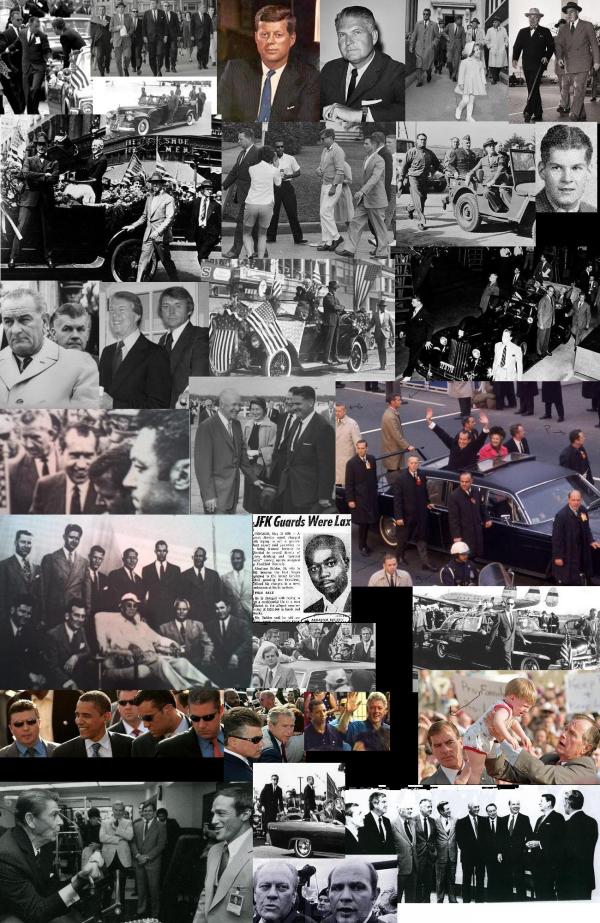Farewell America
14
Secret Service
If they are to conquer, prophets must have attentive partisans to protect them from the tumult.
MOHAMMED
The decision had been made, the money raised. The political visionaries made way for the politicians.(1) It was time to make plans. It isn't enough to want to kill the President. There is also the Secret Service to think about. The Presidential assistants were prepared to affront political obstacles, but their "grace and their airy flanerie"(2) had shielded them from the brutal side of American life. Innocent of violence and ignorant of hate, they failed to see the danger. Only Daniel P. Moynihan, a former longshoreman, had some idea of such things. Of all the Cabinet officials, only Bob Kennedy knew the risks of the Presidency. But he couldn't be behind his brother every minute of the day.
Kennedy himself did little to discourage them. He was tolerant, he liked people, and he had a firm belief in his destiny. His boisterous of sophisticated cronies were barely conscious of the feelings aroused by the President's revolutionary action, and they paid little heed to his protection. Ken O'Donnell, who was in charge of the White House staff, had authority not only over the personnel, but also over the Secret Service. He could transfer or fire anyone he wanted, and he had the power, to introduce reforms. He was also in charge of the President's trips.
O'Donnell is the soul of integrity, and, as he liked to say, he would have given his life for the President. He would have done better to protect him. It is surprising to realize that this man, chosen by Kennedy for his intellectual ability, acted without thinking. As he said one day to Jerry Behn, in his mind, "politics and protection don't mix." He was mistaken. It is a difficult and dangerous combination, but it is possible.
O'Donnell, though an excellent administrator, was a weak man, and he was unsure of himself. This became evident after the President's death at Parkland Hospital when, as the highest-ranking White House official present with the exception of President Johnson, he proved himself incapable of doing anything more than "standing off to one side and eyeing the medical examiner icily" when the latter opposed the removal of President Kennedy's body. It became all the more evident when, after behaving rudely towards the new President during the plane trip back to Washington (which was perhaps his right), he agreed to serve on his staff. It was he who kicked up such a fuss, only the day after the assassination, about a Boston funeral, proving once and for all that John Kennedy was for him more a friend than a President. He was so happy to have such a man as a friend that he gave too little thought to his enemies. We know how much these words may hurt Ken O'Donnell, and how unjust they may appear, but we imagine that O'Donnell must be blaming himself.
The 56 Secret Service agents assigned to the White House detail were under the authority of the Treasury Department, but the responsible official, Assistant Treasury Secretary Robert Wallace, left the everyday direction of the Service to James Rowley, a mediocre civil servant. Gerald Behn, head of the White House Secret Service detail, lacked the necessary intelligence and qualifications for the job.
Three Presidents before Kennedy had been assassinated (Lincoln, Garfield, and McKinley), and four others (Jackson, Theodore and Franklin Roosevelt and Truman) had escaped assassination. This record, unequaled in any other stable republic, should have inspired the Secret Service to extra vigilance. Margaret Truman's overzealous bodyguards caused trouble in Sweden, which has some of the toughest policemen in the world. Eisenhower's trips abroad were meticulously organized. But since the advent of television, the protection of the President on American soil had become a difficult job. So that the public could see the President, his bodyguards were banished from the running-boards of the Presidential car. At first they ran alongside it; later they rode on the back bumper. But nobody tried to kill Eisenhower during his two terms in office, and the Secret Service relaxed. Its relaxation was doubly dangerous, for the illusion remained that the President was well-protected.
It is difficult, of course, to protect an active President, and it is impossible to protect him completely during his public appearances. But there are ways to reduce the risk, and there are certain rules which are applied by Presidential security forces throughout the world, be it in France, the USSR, or Bolivia. The protection of the President witnin the United States(3) presents a special problem. The Secret Service is obliged to cooperate with the local police, which are sometimes incompetent or unreliable, and can even, as in Dallas, be dangerous.(4) But a Presidential security force should be able to rise to the challenge. The guerrilla warfare specialists who organized the Dallas ambush were amazed to discover that Kennedy's Secret Service worked like a troop of boy scouts.
Since its creation following the assassination of McKinley in 1901, the Secret Service had degenerated into a myth and a sinecure. In the first place, it wasn't secret. O'Donnell used Secret Service agents as errand boys, and at airport stops they handed out souvenirs to the crowds.(5) They all dressed alike in blue suits with white shirts and striped ties, and during Presidential trips they each wore an identical badge. The insignia for the Texas trip was known three weeks in advance: double white bars on a red background.
Several members of the White House detail were not qualified for their jobs. Their average age was 40, and as in the Senate the highest positions were awarded on the basis of seniority. Bill Greer, the driver of the Presidential Lincoln, was 54 and had 35 years' experience, enough to lull anybody's reflexes. After O'Donnell and perhaps Kellerman (the agent who rode in the front of the President's car in Dallas), Greer bears a heavy responsibility for the success of the assassination. We shall explain why a little later.
Finally, the Secret Service lacked direction. A security force must follow certain procedures and apply certain regulations without exception. The White House agents had no real leader. During Roosevelt's term in office, Frank J. Wilson ruled with authority, but the Secret Service chiefs who succeeded him were nothing but mediocre bureaucrats.
The White House agents had two sessions a year on a Washington firing range, but they practiced only target shooting like any amateur. Their reflexes were never tested. At any rate, a security agent's gun is of secondary importance. Generally, he has no time to shoot. His job is to anticipate an attempt on the President's life. Soviet security agents, for instance, have narrowly defined responsibilities. In official motorcades, one agent watches the windows on the first floor, another those on the second, another the spectators in the front row, still another the people standing alone, another the local policemen and a sixth the soldiers lining the road. Every time a Soviet official travels, his security agents run down a checklist of security precautions. No detail is omitted, and there are no exceptions. The same is true in France for the protection of President De Gaulle.(6)
Lawson, the Secret Service advance man in Dallas, let the local authorities show him around the city, and his report reached the White House only the day before the President's departure. A secretary whose married boss is planning an amorous weekend in Miami takes more precautions than Ken O'Donnell did for John Kennedy in Texas. Dealey Plaza on November 22, 1963 was about as heavily guarded as the Grand Canyon on a winter day, and Robert Kennedy's bodyguards showed little more vigilance on June 5, 1968. Of course, as the Warren Commission Report points out, "the limited effectiveness of the Secret Service make it impossible to watch hundreds of buildings and thousands of windows." That, however, is not the problem.
There is a standard procedure for assuring the security of a motorcade traversing a city. As Superintendent Ducret, the man responsible for President De Gaulle's security, describes it: "Of course, it is impossible to watch everything and occupy everything along the President's route. But it can be assumed that occupied office or apartment buildings are relatively safe. A potential assassin might, of course, try to enter one of these buildings, but he would be at the mercy of a witness. Serious conspirators will rarely take such a risk.
"On the other hand, all unoccupied buildings, administrative buildings outside of working hours, warehouses, building sites, and naturally all bridges, walls, and vacant lots that would be ideal for an ambush must not only be watched, but actually occupied by forces placed directly under the supervision of the Presidential security division."
Surrounded by five buildings(7) and a great deal of open ground, Dealey Plaza was the most dangerous spot on President Kennedy's route, but a few men would have sufficed to guard it effectively.
A representative of the Committee followed the President's trips at the end of September through Wisconsin, North Dakota, Wyoming, Montana, Washington, Utah, Oregon, Nevada and California. Apparently the Committee planned to assassinate Kennedy, first in Chicago and then in Florida the week before his trip to Texas, but both times the Secret Service was alerted. The Chicago trip was canceled, and special precautions were taken in Miami (the President used a helicopter). The Committee would have preferred to act in Florida, but it had its doubts about the reliability of the Florida state police and the Tampa and Miami police departments, and the operation was postponed until Dallas on November 22.(8)
On November 21, the two men in charge of the ambush observed the Kennedy motorcade in Houston. In Texas, as in Utah, the Secret Service was entirely dependent upon the local police. Not only did the agents behave on these trips as if they were members of the party; they were always one step ahead. At 12:30 pm, seconds before the assassination, agent Emory Roberts jotted in his shift report, "12:35 pm, the President arrived at the Trade Mart." The Secret Service was already thinking ahead to tomorrow, when Kennedy was to visit Lyndon Johnson on his ranch.
Every time the President travels, the Protective Research Section(9) makes a security check of the area. The PRS had reservations about the Florida trip because of the large number of Cuban refugees and the rumors of an assassination attempt, but it issued no warning about Texas. The Secret Service, therefore, took no special precautions. The security measures taken in Dallas were the same as those in effect in New York, Palm Beach, Tampa, Miami, Houston and Fort Worth. The Secret Service could count on the reinforcement of its 28 agents in Texas, including 5 based in Dallas. Eight agents were assigned to guard the Trade Mart, but there were none at all at Dealey Plaza. The Secret Service was so unconcerned about the Texas trip that it even left its chief behind. At the time of the assassination, Jerry Behn was dining in a Washington restaurant. Roy Kellerman, who took his place at Dallas, proved so incompetent that at Parkland Hospital his men started taking orders from agent Emory Roberts. Later, during the flight back to Washington, Rufus Youngblood took over. These men had traveled 200,000 miles with the President. Somewhere along the line, they had neglected the first rule of security: they had lost their reflexes.
When the first shot rang out at Dealey Plaza, agent Clint Hill, who was later decorated, was the first to move, and it took him 7 or 8 seconds to react. In eight seconds, the average sprinter can cover 80 yards. Yet "Halfback," the back-up car in which Hill was riding, was almost touching the Presidential limousine, and neither vehicle was traveling more than 12 miles an hour.(10)
Kennedy's Secret Service agents apparently had no idea of the importance of a second in an assassination attempt. Agent Hickey, riding in Halfback, had an AR-15 automatic rifle on his lap, but it took him two seconds to load it and get ready to fire. In two seconds a modern bullet travels more than a mile.
The organizers of the ambush knew, of course, that the Secret Service was inefficient, but they had never imagined that their reflexes were that slow, and they had laid their plans in the assumption that Kennedy's agents would react immediately. The tactical and ballistic aspects of the operation, which we shall examine later, were based on a hypothetical operating time of three seconds. This was the estimated reaction time of Kennedy's bodyguards. But the President's driver could have reduced it even more. The President's car was a Lincoln with a souped-up engine specially designed for rapid accelerations, and we shall see later how speed affects the accuracy of a gunman.
On November 18 in Tampa, the President ordered the two Secret Service agents off the back bumper of his car. The men from the Committee noted this change, which persisted at Fort Worth, San Antonio and Houston, but they maintained their original plan, which took into account the possibility of instantaneous intervention by the bodyguards.
The blame must be laid not so much on the Secret Service agents as on their chiefs, and on the White House assistant responsible for the President's security. We have cited only their most glaring errors, but there were others -- less important perhaps, but characteristic of their lack of discipline, such as their drinking on duty.(11) Abraham Bolden, the only Negro in the Presidential bodyguard, asked to testify before the Warren Commission on the subject of some of these accusations, but the Committee refused to hear him. Later, he was fired from the Secret Service on grounds of professional incompetence.(12)
The Secret Service was guilty of negligence, as the highly respected Wall Street Journal commented. But its agents were professionals, and they recognized the work of other professionals. They were the first in the President's entourage to realize that the assassination was a well organized plot. They discussed it among themselves at Parkland Hospital and later during the plane ride back to Washington. They mentioned it in their personal reports to Secret Service Chief James Rowley that night. Ten hours after the assassination, Rowley knew that there had been three gunmen, and perhaps four, at Dallas that day, and later on the telephone Jerry Behn remarked to Forrest Sorrels (head of the Dallas Secret Service), "It's a plot." "Of course," was Sorrel's reply. Robert Kennedy, who had already interrogated Kellerman, learned that evening from Rowley that the Secret Service believed the President had been the victim of a powerful organization.
President Kennedy was dead, but the Secret Service was never officially inculpated. There were several staff changes in the White House detail, but two agents, Youngblood and Hill, were decorated. Because it reinforced its thesis, the Warren Commission blamed the Presidential guards, but a soldier is worth no more than his commanding officer, and the heads of the Secret Service were not worth much.
As for Ken O'Donnell, ex-captain of the Harvard rugby team, at Dallas he was up against a team that played rough.
NOTES
1. We estimate the cost of the preparation, the assassination itself and the post-assassination clean-up at between $5 and $10 million. Contributions varied between $10,000 and $500,000, and there were about 100 beneficiaries.
2. Manchester, Death of a President.
3. When the President travels abroad, the police of the host country are responsible for his security. In general, they take greater precautions than those taken in the United States.
4. The California and New York police are considered relatively reliable.
5. Secret Service agents are less qualified on the average than FBI agents. They earn between $600 and $1,000 a month, considerably less (even with overtime pay) than J. Edgar Hoover's men.
6. The security officers charged with the protection of President De Gaulle even take the precaution of photographing the VIPs received by him or who are in contact with him, for example at the VIP Waiting Room at Orly Airport. The crowds lining the streets during a parade are also photographed at vital spots before he passes, and if De Gaulle stops and approaches the crowd, a camera follows his every move. Later, these photographs are carefully studied.
Whenever De Gaulle travels by car, he is protected by 47 motorcycle policemen spread out in rows. Several police cars precede and follow the Presidential vehicle, and the car immediately following the President contains a sharpshooter and a photographer equipped with an automatic Japanese camera similar to a Robot. When de Gaulle makes shorter, routine trips, he is protected by a smaller force of 8 motorcycle policemen who surround the car.
There were only 4 motorcycle policemen at Dallas and all were following President Kennedy's car, making them totally ineffective. The role of a motorcycle policeman in this case is (1) to make it difficult to fire at the President from a crowd, and (2) to stop anyone who tries from approaching the car . During a parade along the Champs Elysees in Paris, a woman somehow managed to climb over the barriers and started towards De Gaulle's car. She was carrying a bouquet of flowers and was completely harmless, but the policeman who was supposed to be watching the barriers at that point lost his job.
7. The Texas School Book Depository, the Dal-Tex Building, the Dallas County Records Building, the Criminal Courts, and the Old Court House.
8. The Committee was also probably trying to throw the Secret Service off the scent.
9. The Protective Research Section, headed by Robert I. Bouck, had 65 offices across the country and 50,000 files on people who had threatened the President. Between November 1961 and November 1963, it investigated 34 Texas residents and opened 115 other files on Texans. On November 8, 1963, the PRS spent ten minutes inspecting Dallas.
10. Clint Hill reached the back of the President's car 2.6 seconds after the final shot. The shooting lasted about 7 seconds. At least twelve seconds elapsed between the first shot and the instant when Hill was in a position to cover the President's body. Vice-President Johnson was covered by agent Youngblood in less than three seconds.
11. Several Secret Service agents were notorious alcoholics. The regulations stipulate that any Secret Service agent found drinking on duty will be fired forthwith, and when the President is traveling, his agents are on duty 24 hours a day. But they were so little concerned about Texas that four of them In the President's party sat and drank in a Fort Worth bar until the wee hours of the morning on the day of the assassination. A century earlier, President Lincoln's bodyguard had sneaked off for a drink when Booth entered the Presidential box at Ford's Theatre.
12. In 1967, Mr. Bolden was being held at the federal medical center in Springfield, Mo.

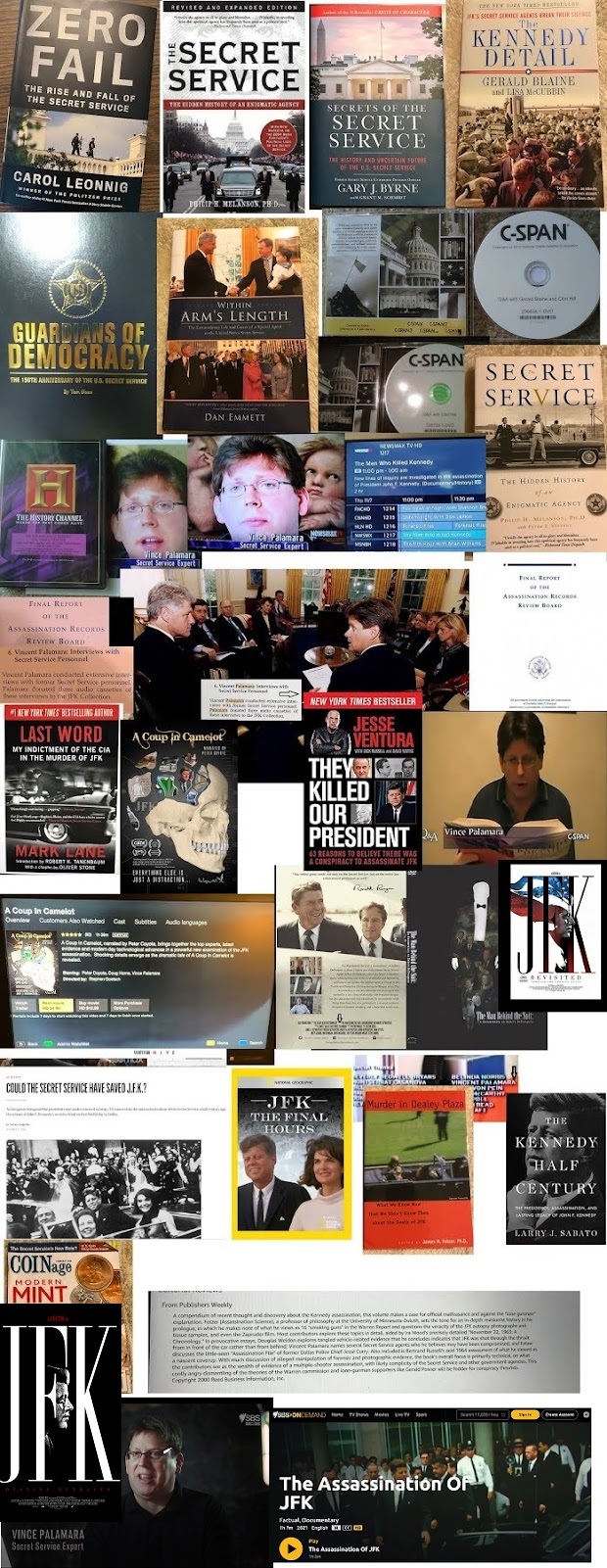



![Behn, Boring...Killerman?!?!?!?!?! [from Mary Gallagher;s 1969 book]](https://blogger.googleusercontent.com/img/b/R29vZ2xl/AVvXsEjsJl-6AhgGl3YqE7s3P3iHP9QCS_GxdYY96OOxpYV8_yeNQyFsawvJLRuNFngxBd3zFSOd-C1oV1HKBXuXzRp9_9asOxE6foGdSIlEFd_BYqERjO0GJTzOMgbmOrVscreeUdcn1Qgwlnk/s1600/DSCF0738.JPG)
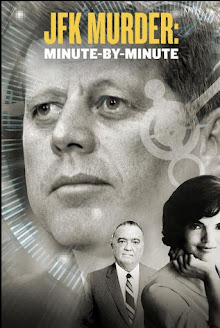




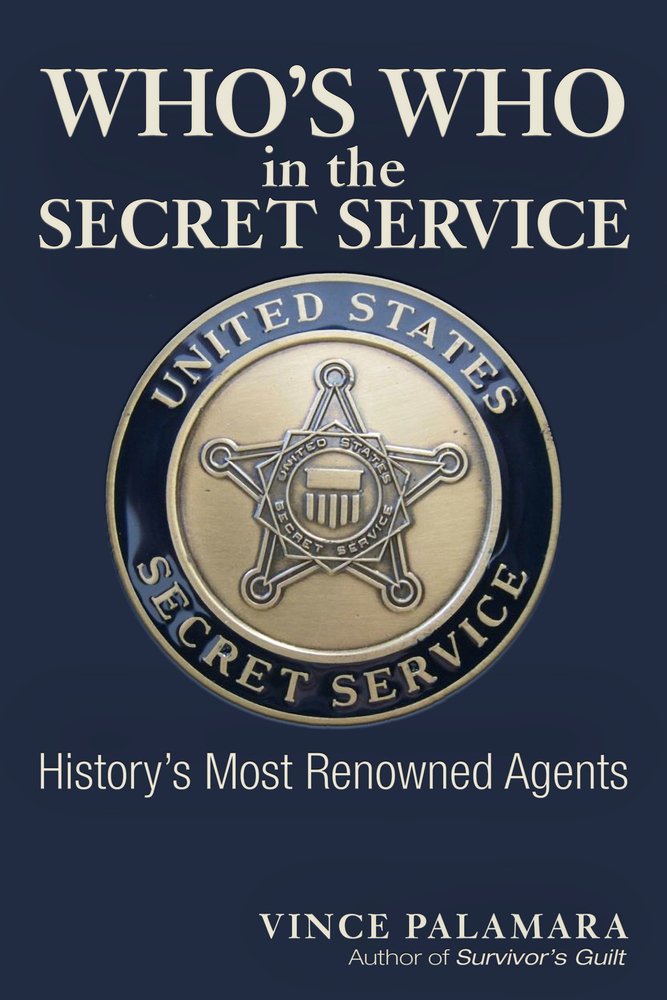
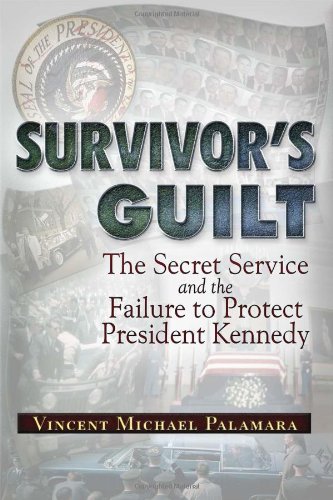


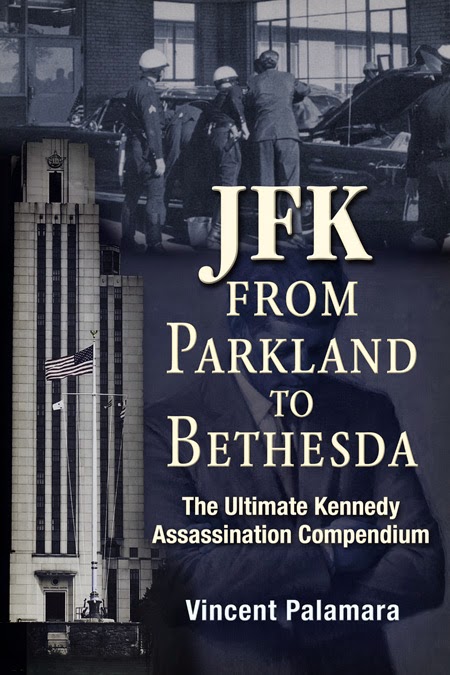







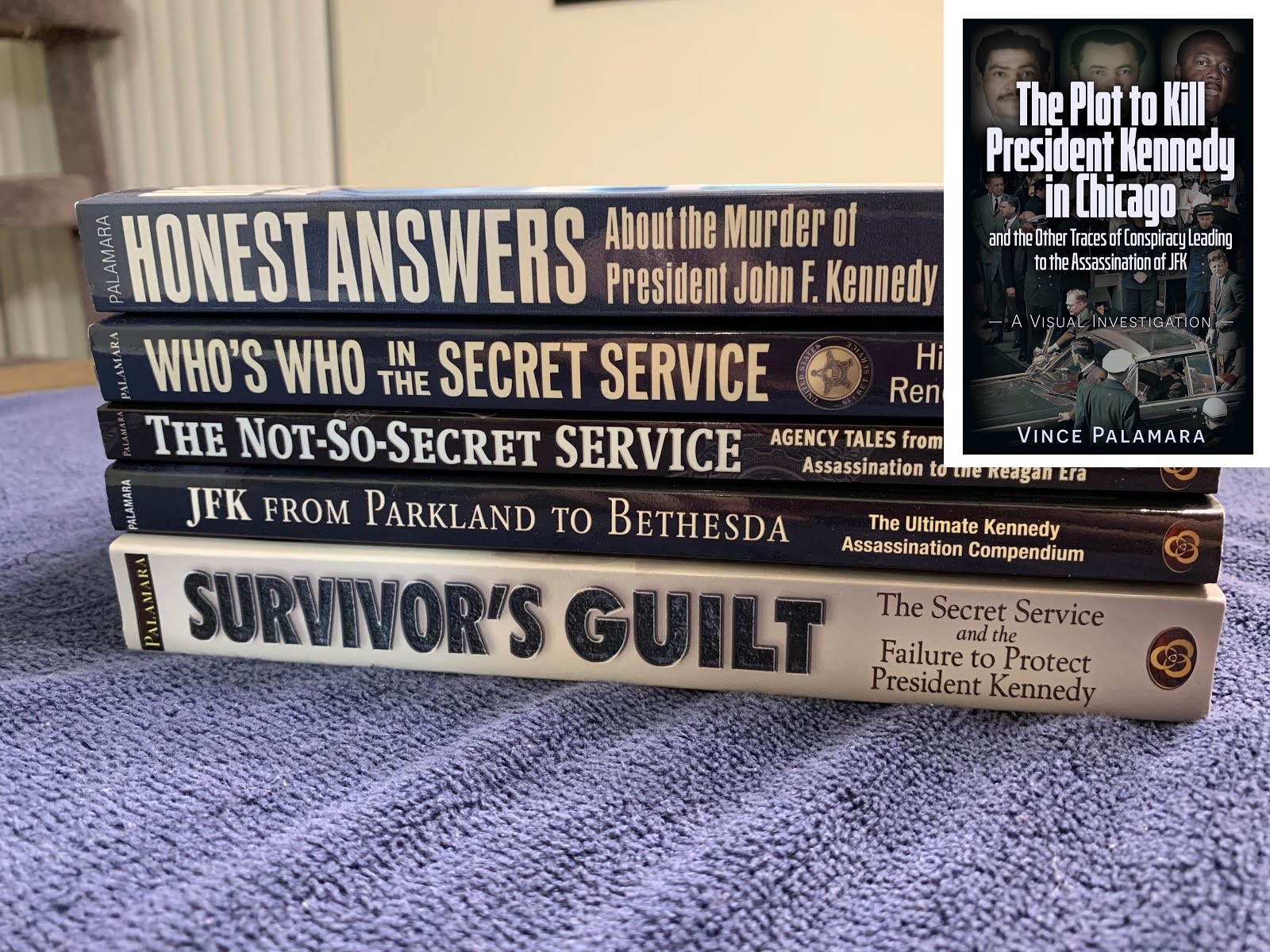

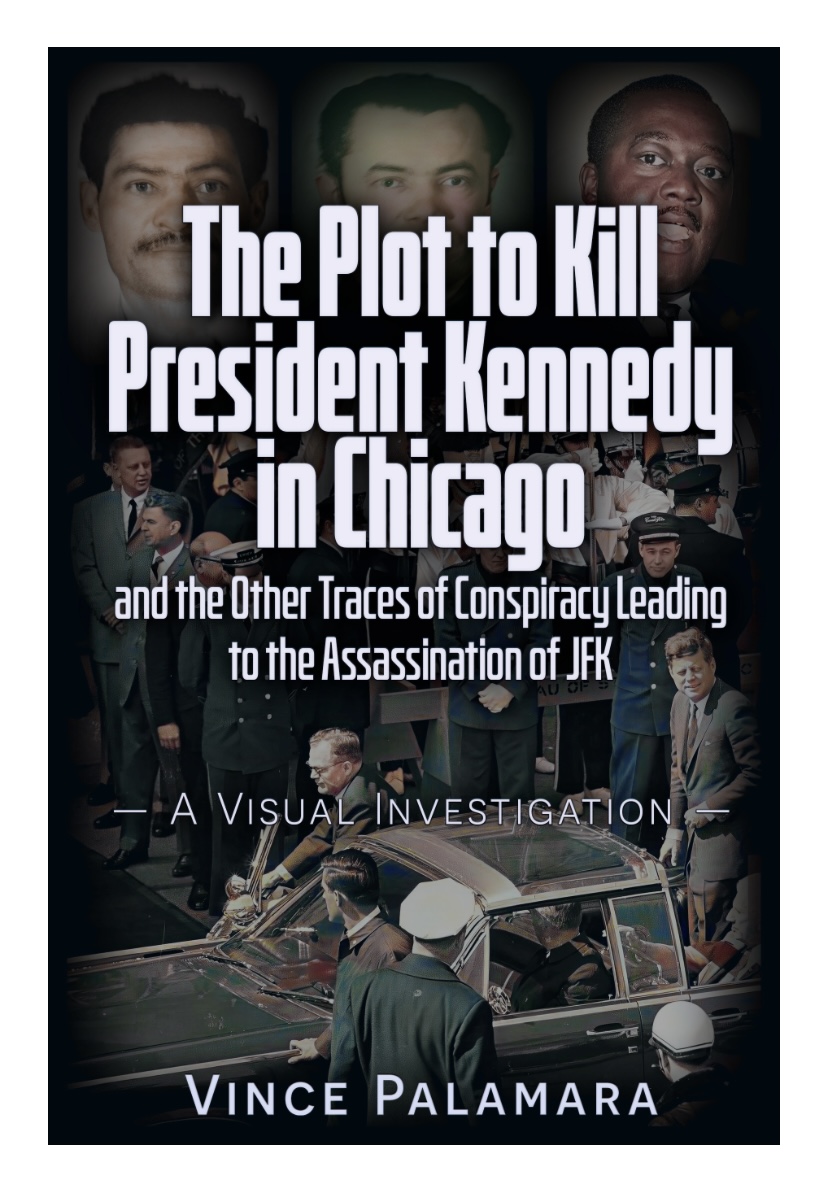



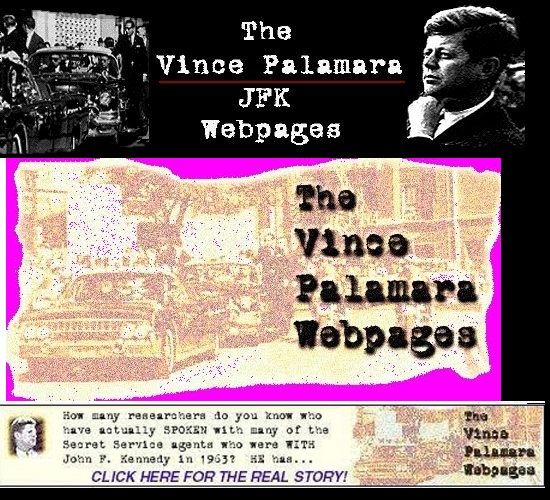
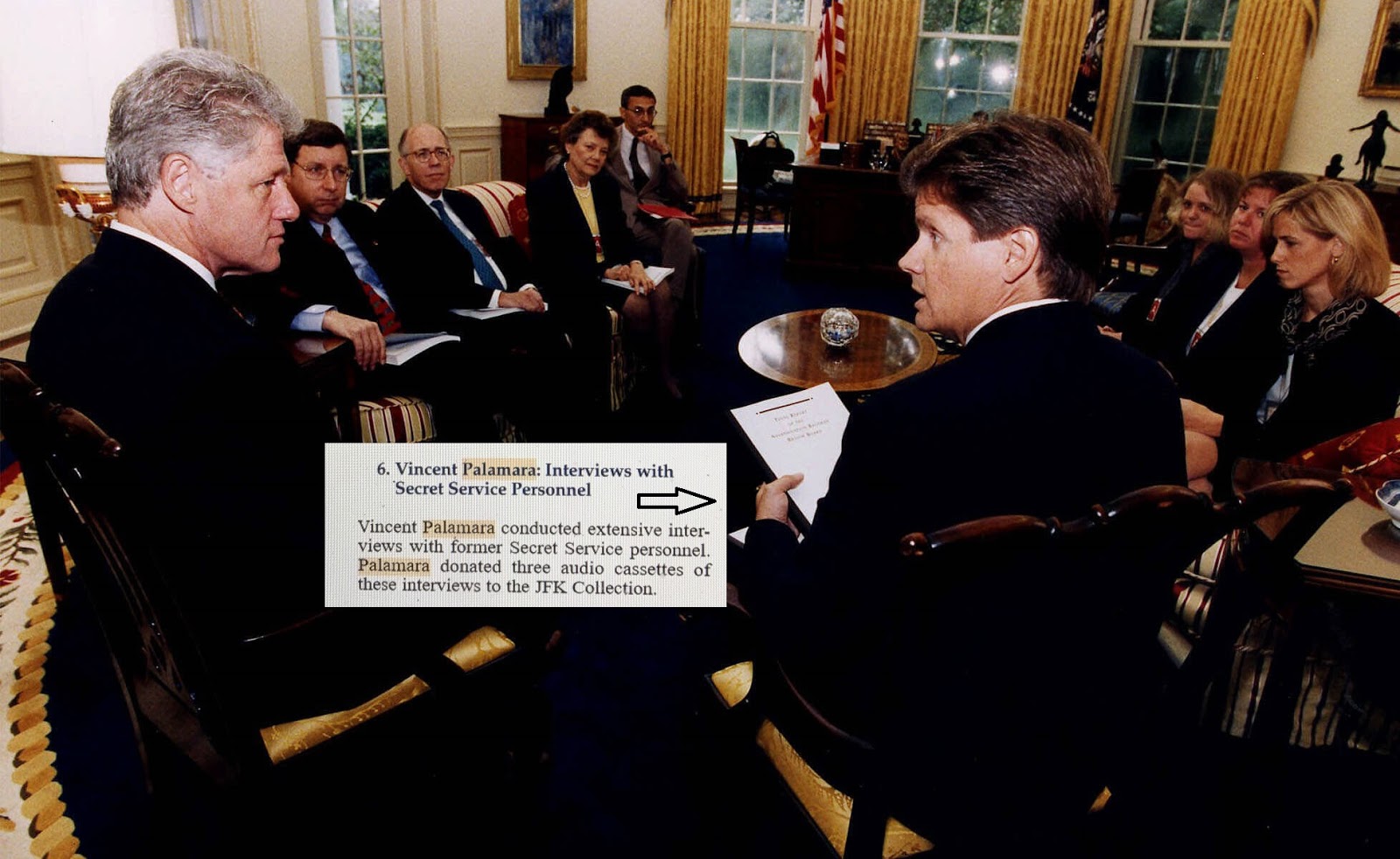

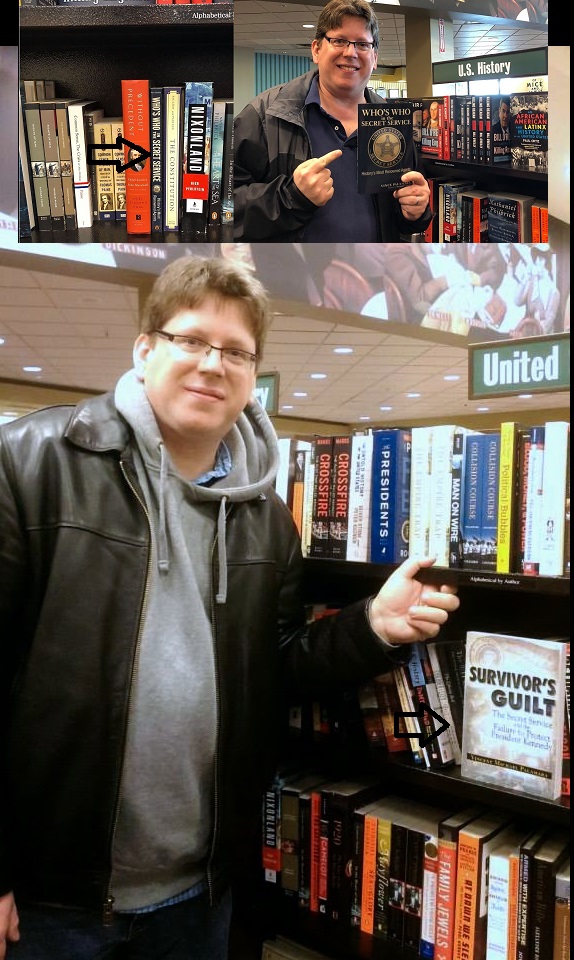
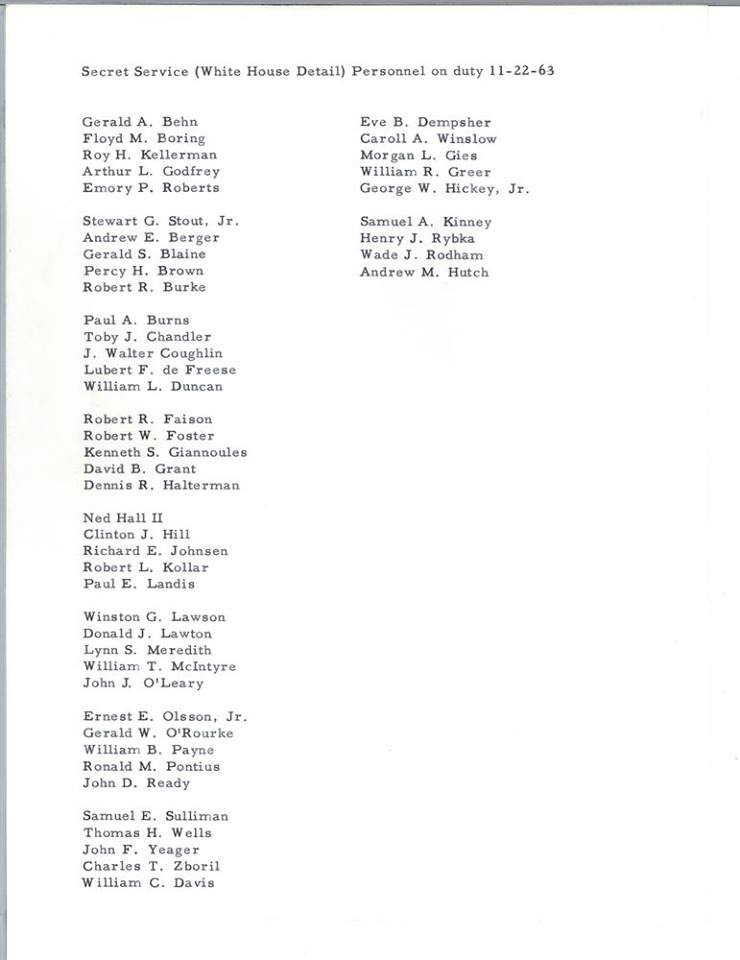

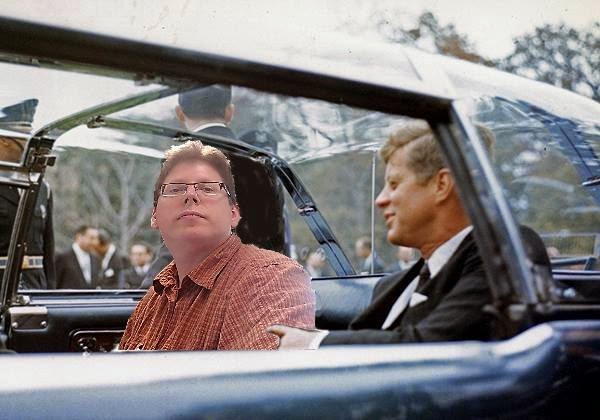
![VINCE PALAMARA [remember to scroll all the way down!]](http://3.bp.blogspot.com/-JNhdTuj_fPo/UvXE2kIZXAI/AAAAAAAANXA/6xDpockKfV4/s1600/11.jpg)




